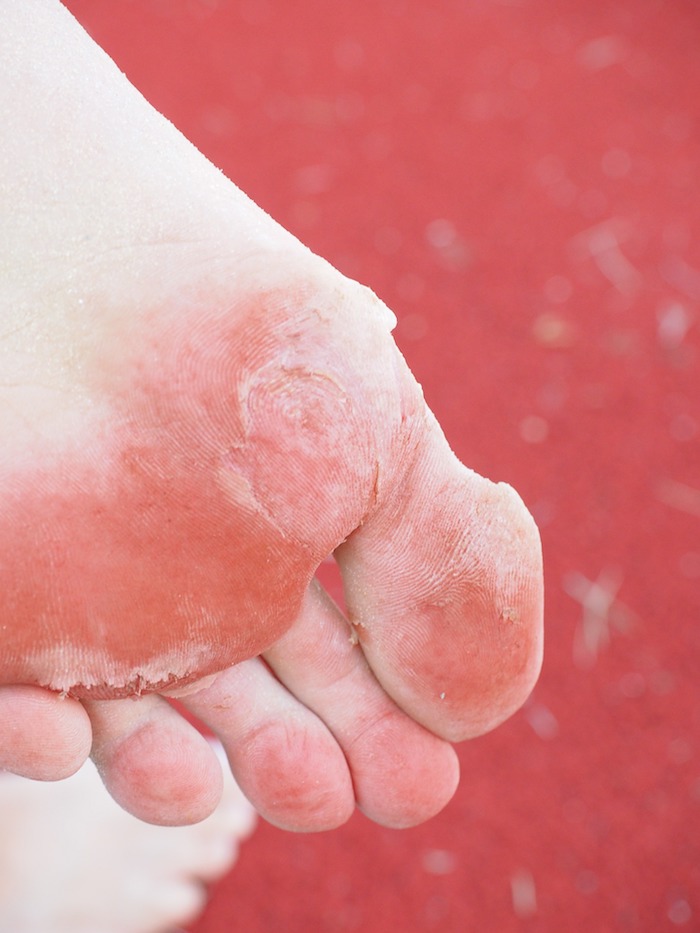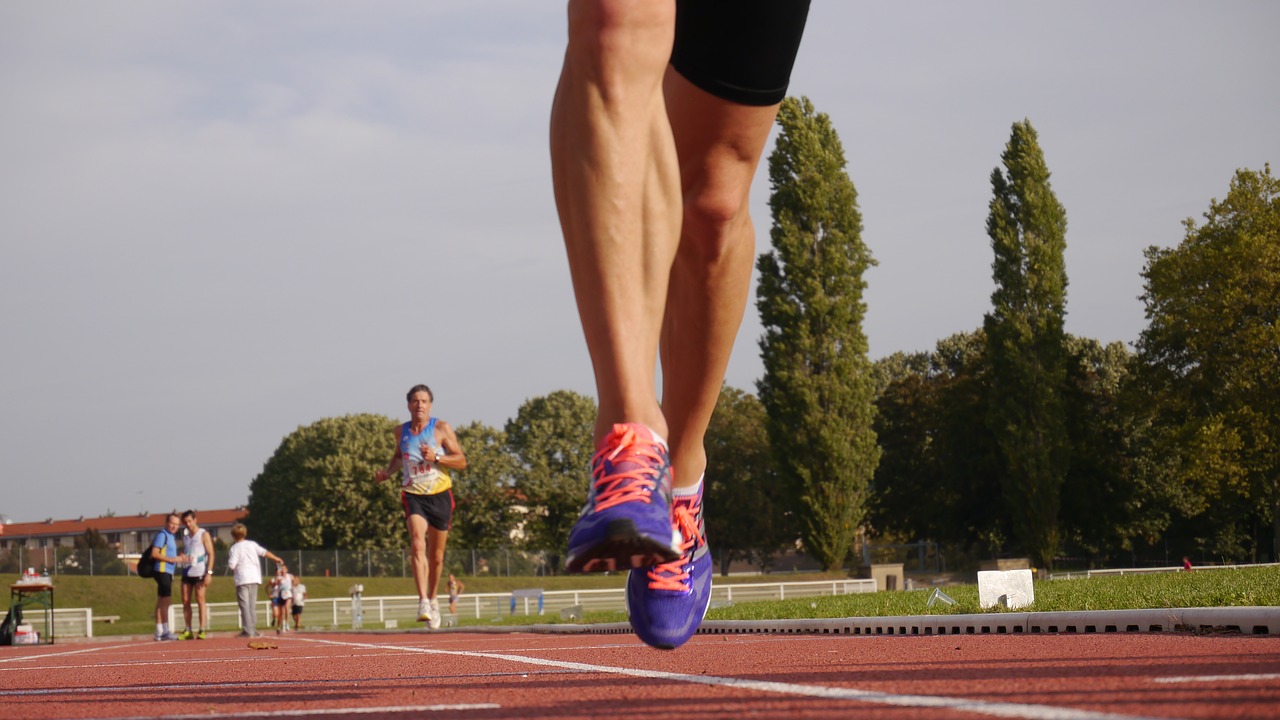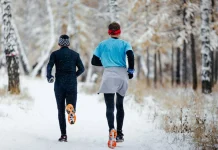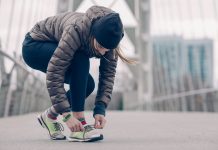If you’re a long-distance runner, chances are you or someone you know has contracted athlete’s foot at some point in their career. In fact, athlete’s foot is such a common fungal infection that 15 to 25 percent of that general population is estimated to have it at any one time. What is athlete’s foot exactly and how can you prevent it? Don’t miss this quick guide:

What is Athlete’s Foot?
Athlete’s foot, or tinea pedis, is caused by a contagious fungus that is often picked up by the feet. The fungus infects the skin on the feet leading to a burning, stinging rash as well as flaking, scaling, and fissuring of the skin. It most often infects the webbed skin between the toes but can spread around the feet and even to other parts of the body. Open sores, blisters, and worsening infections can result if athlete’s foot is left untreated.
This type of superficial fungal skin infection is not just annoying and painful, but highly contagious which means it can be contracted simply by walking on a contaminated floor barefoot or sharing a towel with someone who has it. Runner’s are even more susceptible to developing athlete’s foot because of the nature of their sport.
With roughly 120,000 glands a piece, your feet release a ton of moisture when you run, especially when you run long distances. Like bacteria, fungus thrives in warm, moist areas like the insides of a runner’s shoes and socks. Luckily, preventing infection is possible and fairly simple.
Avoiding Athlete’s Foot in Runners
What you do both before and after a run plays an important role in staving off skin infections like athlete’s foot. Keep these top 10 tips in mind:
-
Wear moisture-wicking socks made of breathable materials that help keep your feet dry
-
Change your socks often and always wash them after a run
-
Wear well-ventilated, waterproof shoes when trail running or running in the rain or by water
-
Apply antiperspirant on your feet before a run
-
Use antifungal foot powder in your shoes and socks to eliminate moisture
-
Always wear protective footwear in common areas like public bathrooms, showers, locker rooms, etc.
-
Wash and thoroughly dry feet after a run
-
Make sure running shoes are completely dry before running in them again (consider alternating running shoes so they have sufficient time to air out)
-
Don’t share shoes, linens, socks, towels, etc. with other people
-
Try and walk barefoot as much as possible at home
Treating Athlete’s Foot
If you are one of the millions of people experiencing an ongoing athlete’s foot infection, take quick action to treat it on your feet and eliminate the fungus from your footwear. Experts recommend using any one of the many antifungal medications available over-the-counter at your local drugstore or pharmacy. These include creams, sprays, powders, ointments, and lotions. Some studies have shown that diluted tea tree oil solutions are effective at relieving athlete’s foot symptoms too.
You can also take steps to prevent irritating the rash while your feet heal by wearing blister protectors like moleskin over sores that could rub against your shoes when running. Breathable toe caps and going barefoot around the house can also help keep your feet dry and allow the antifungal medication to do its job.
Barefoot running shoes may also help ease the discomfort of Athlete’s Foot. You can learn more here if you want to check out the best barefoot running shoes for this issue.
In the event that your athlete’s foot rash spreads around your feet or to other parts of your body, you may want to consult your doctor. In some cases, skin conditions like psoriasis, dyshidrotic eczema, or contact dermatitis can be mistaken for athlete’s foot, so a clinical evaluation is essential. Doctors can run quick tests to nail down the source of the infection and even prescribe stronger antifungal topical or oral medications as needed.






























